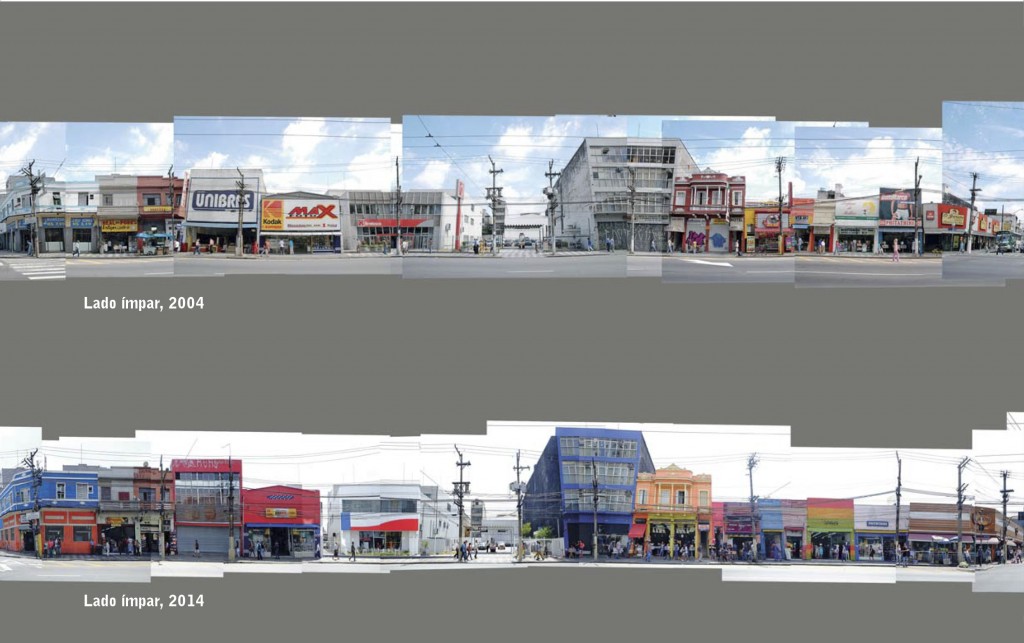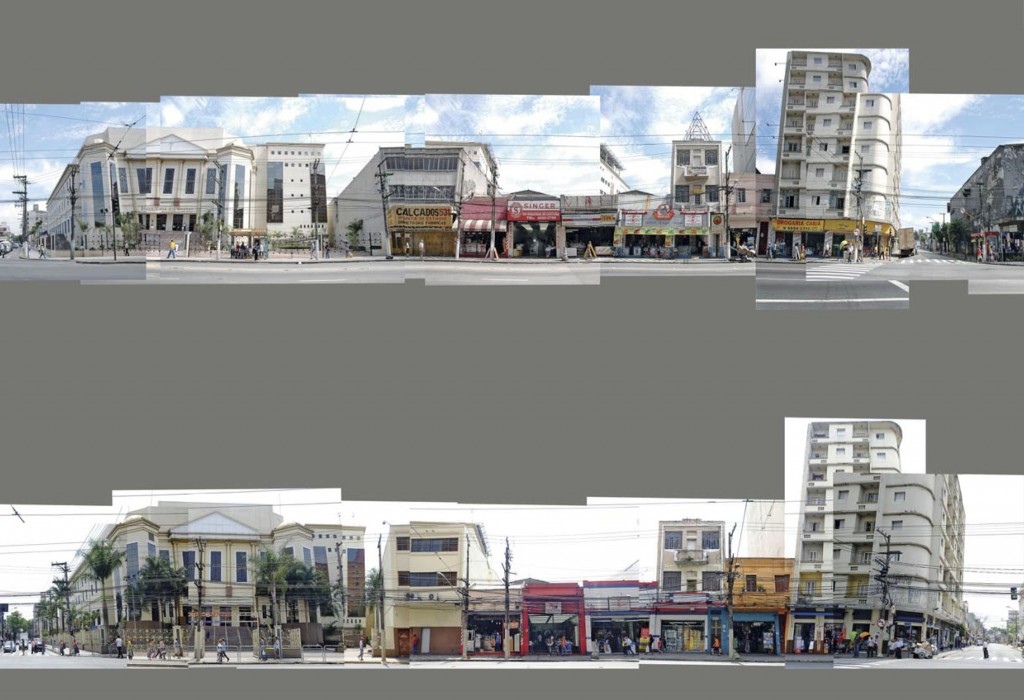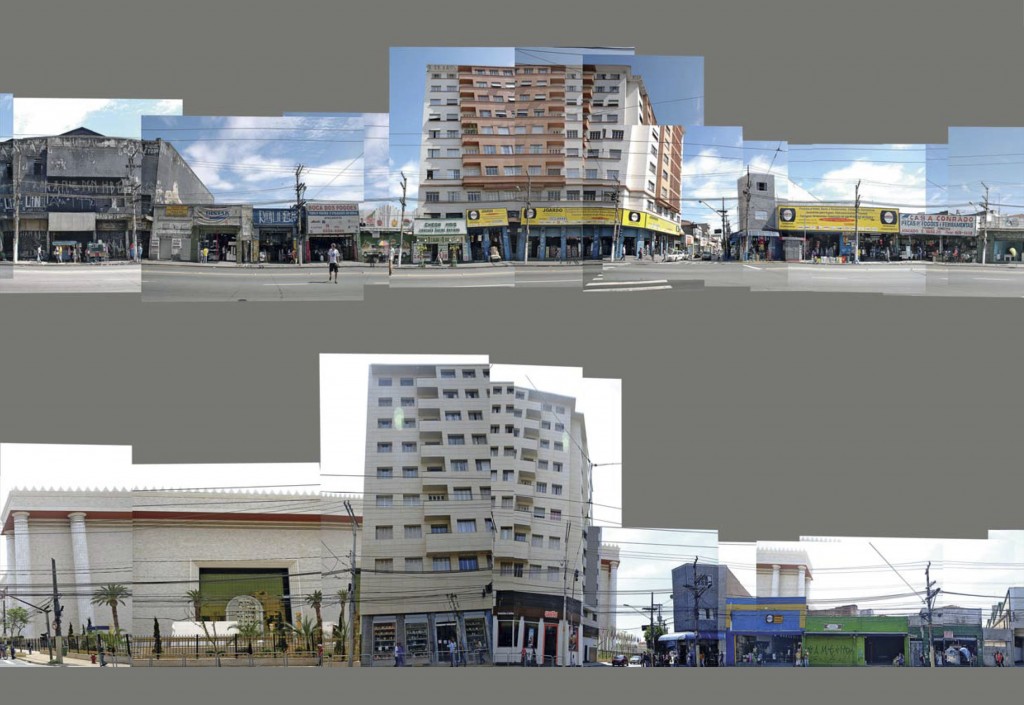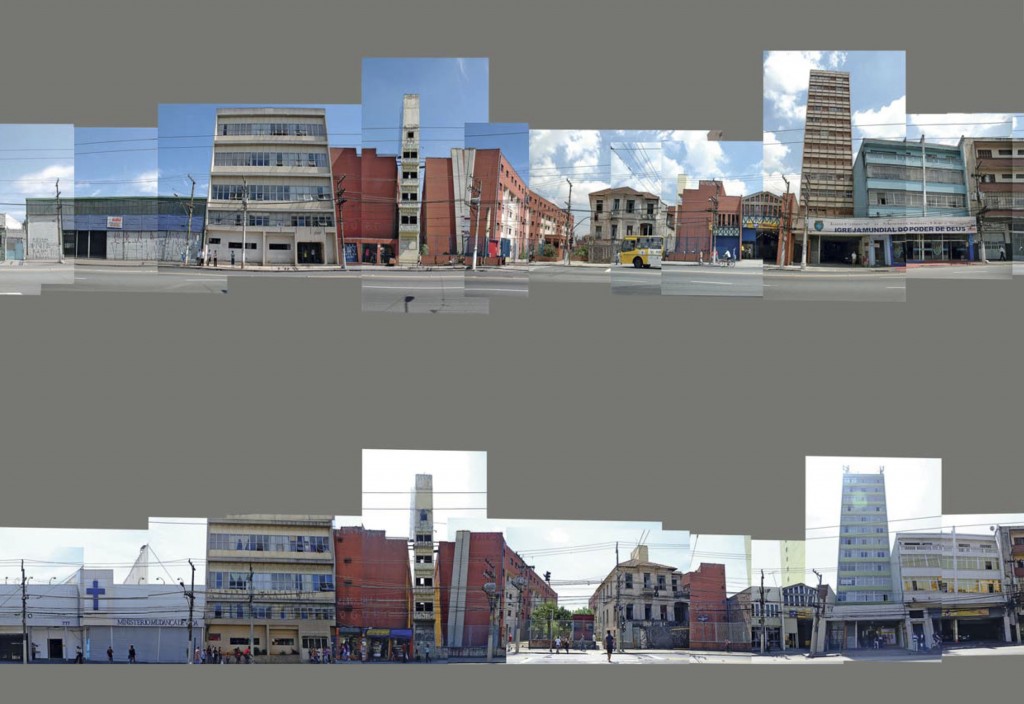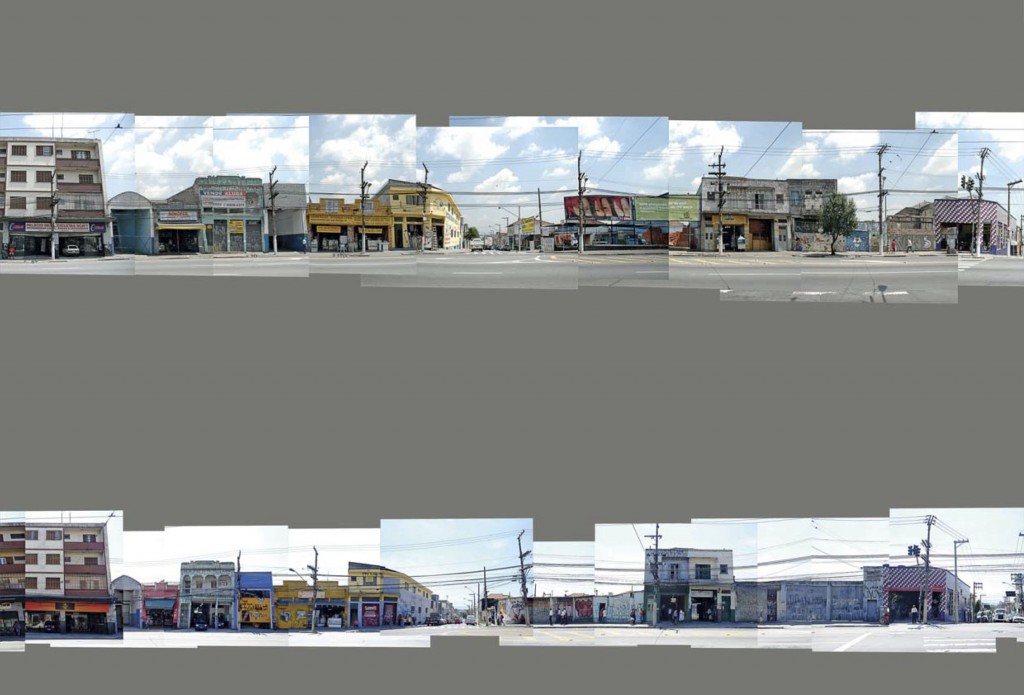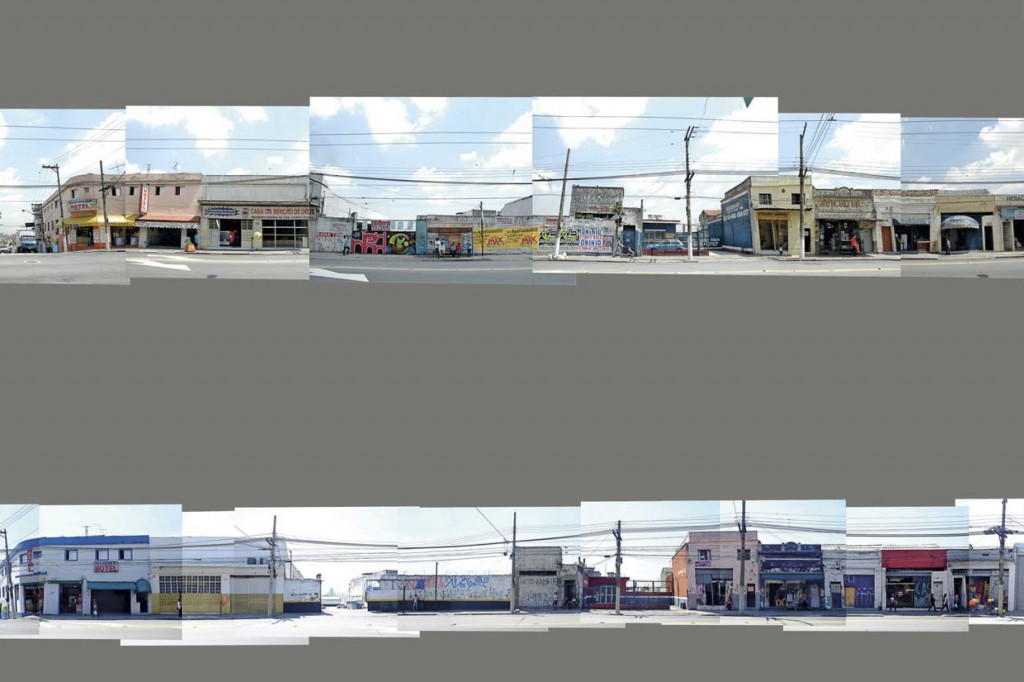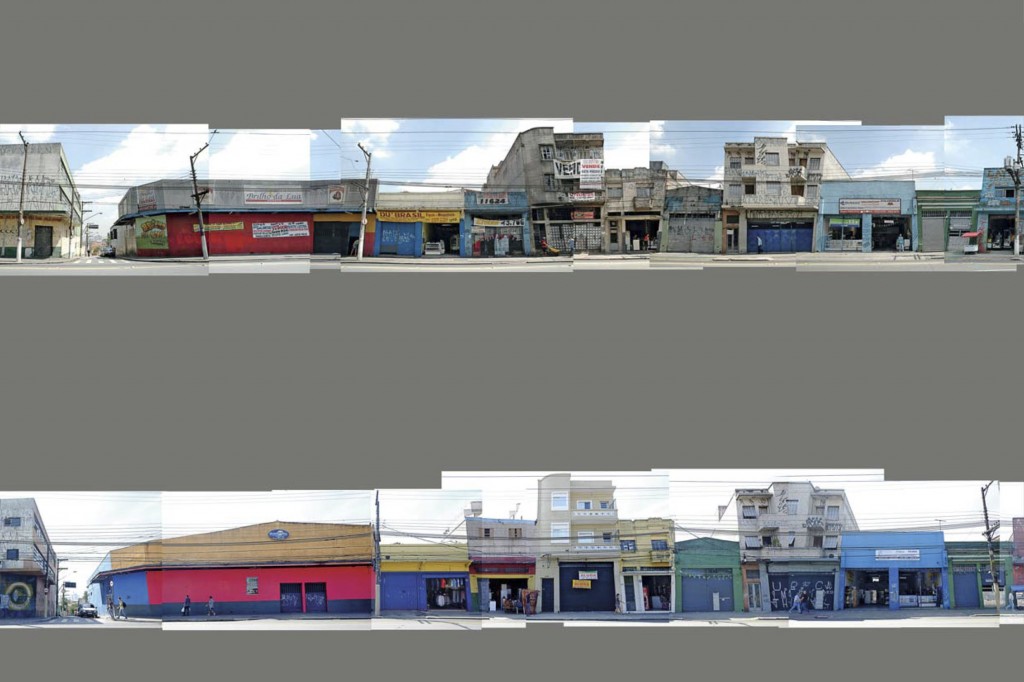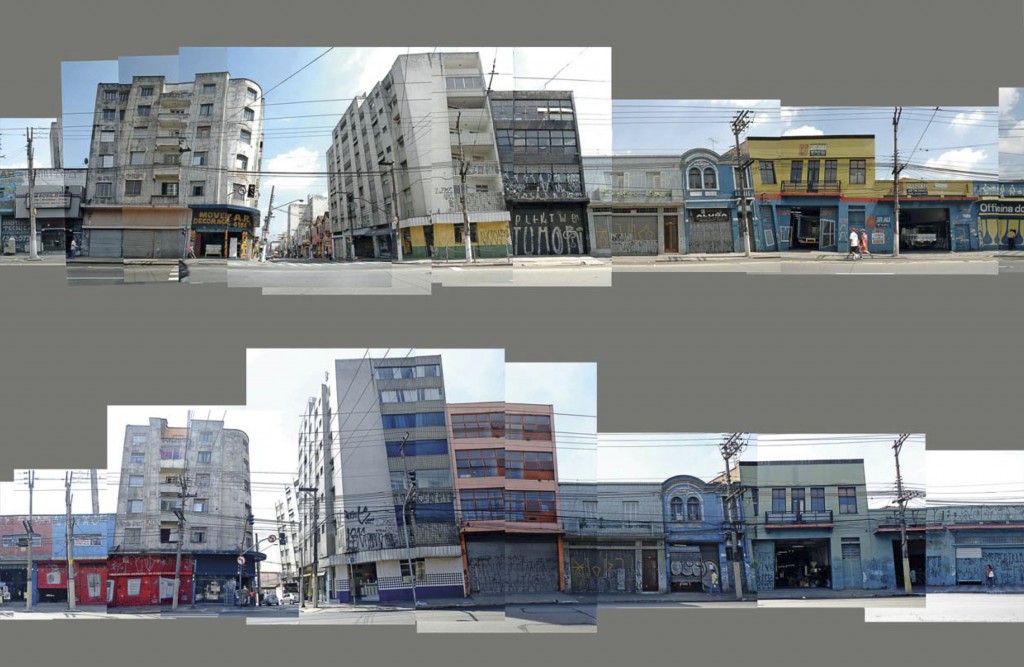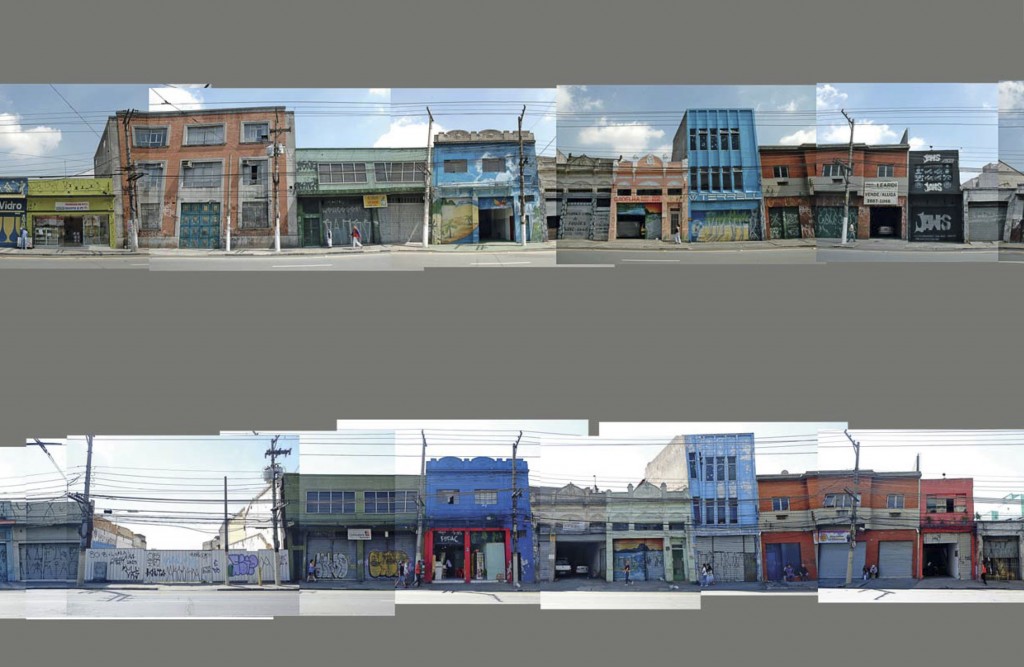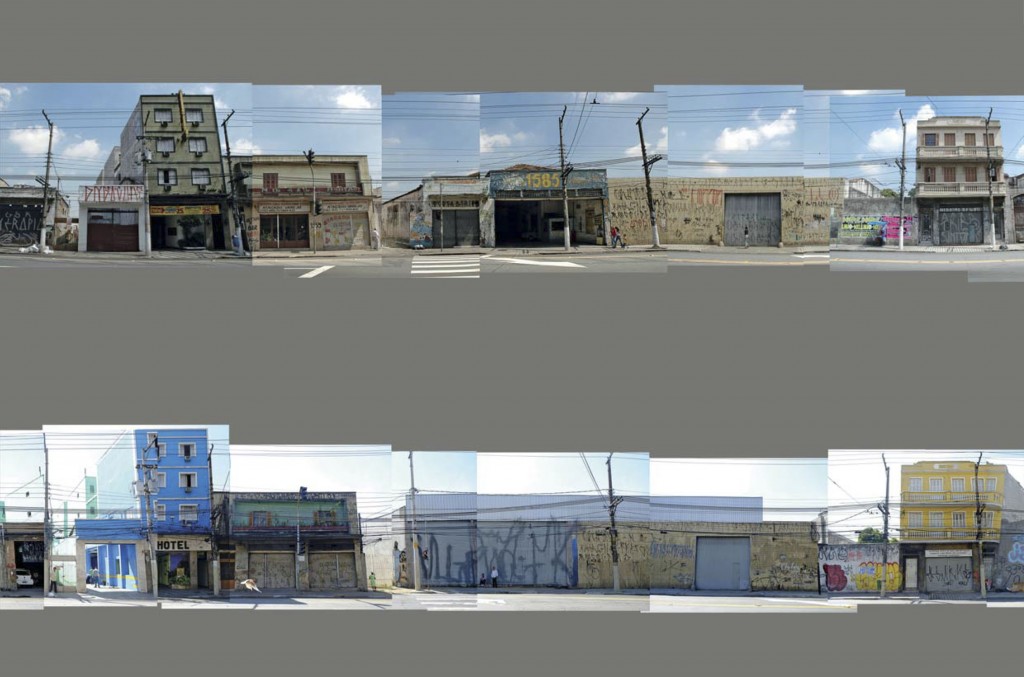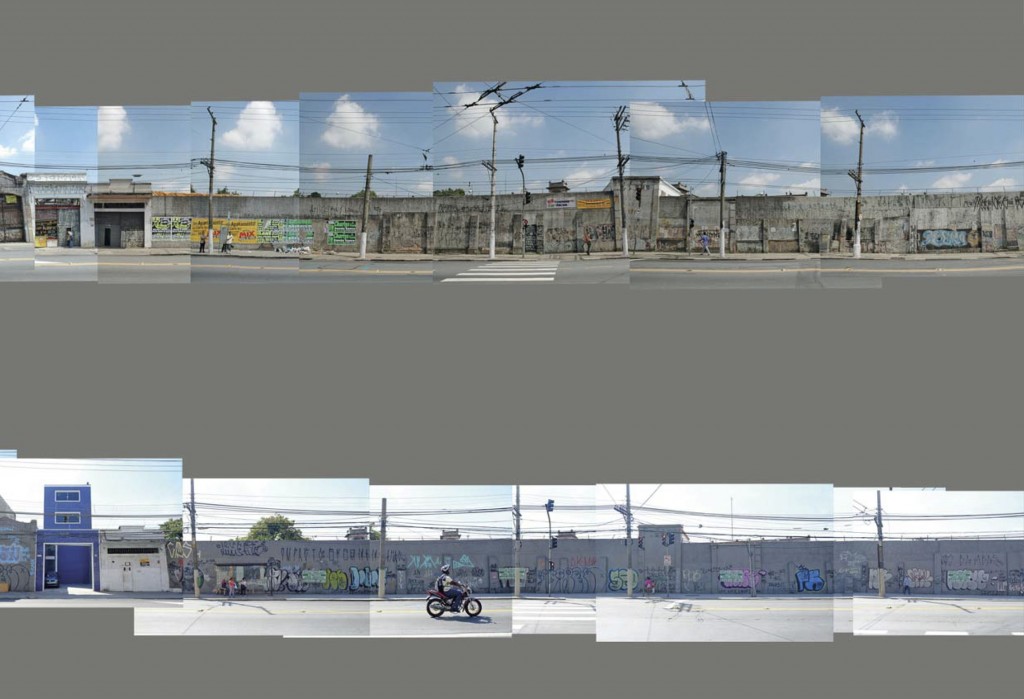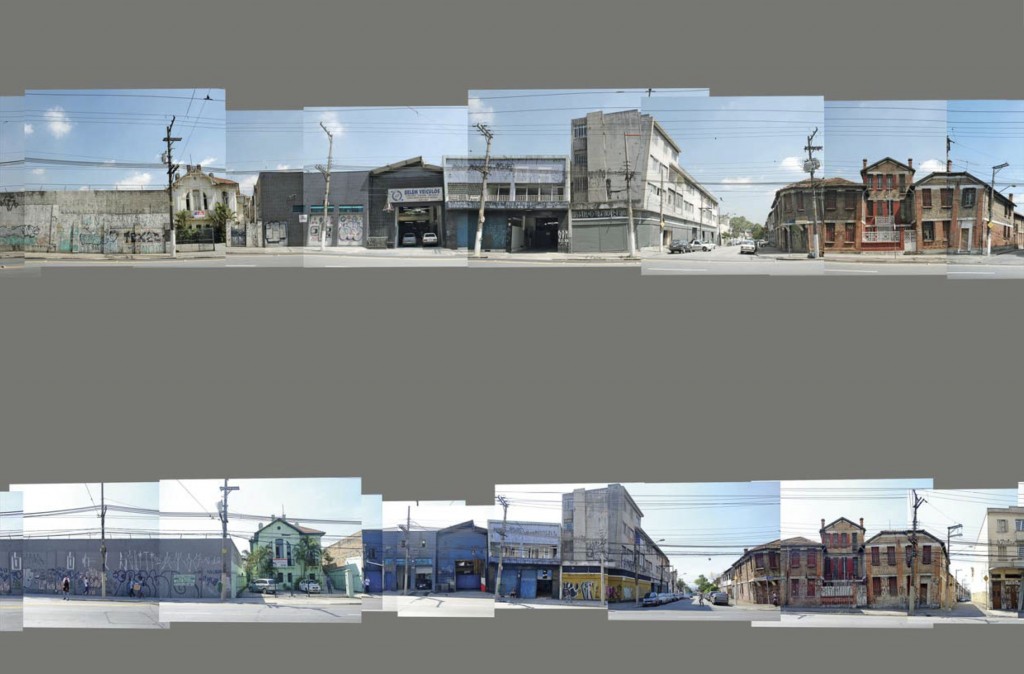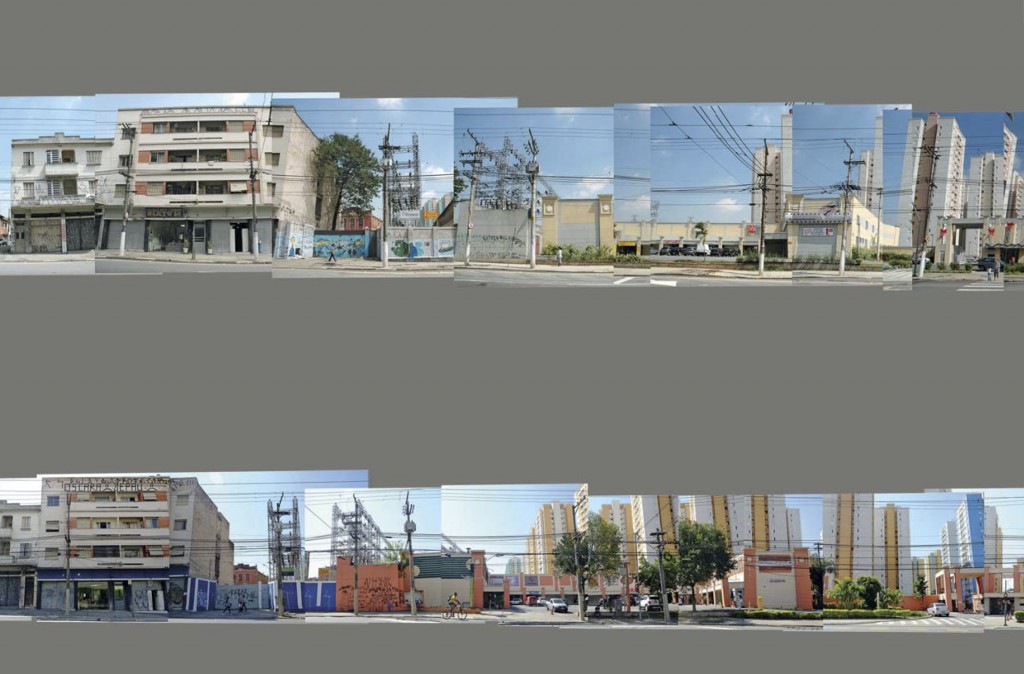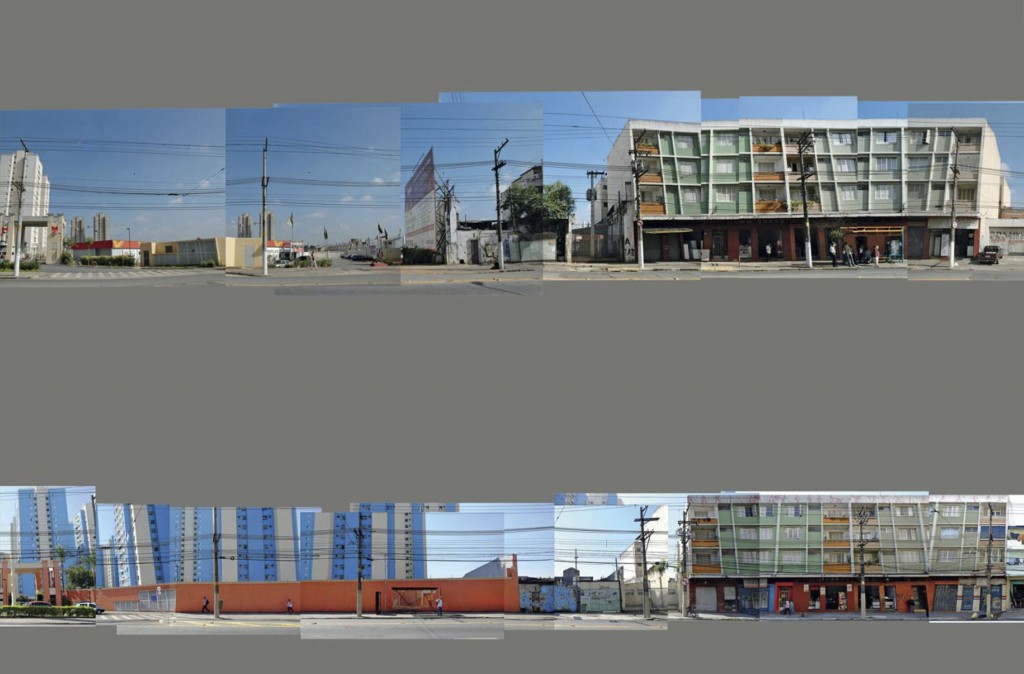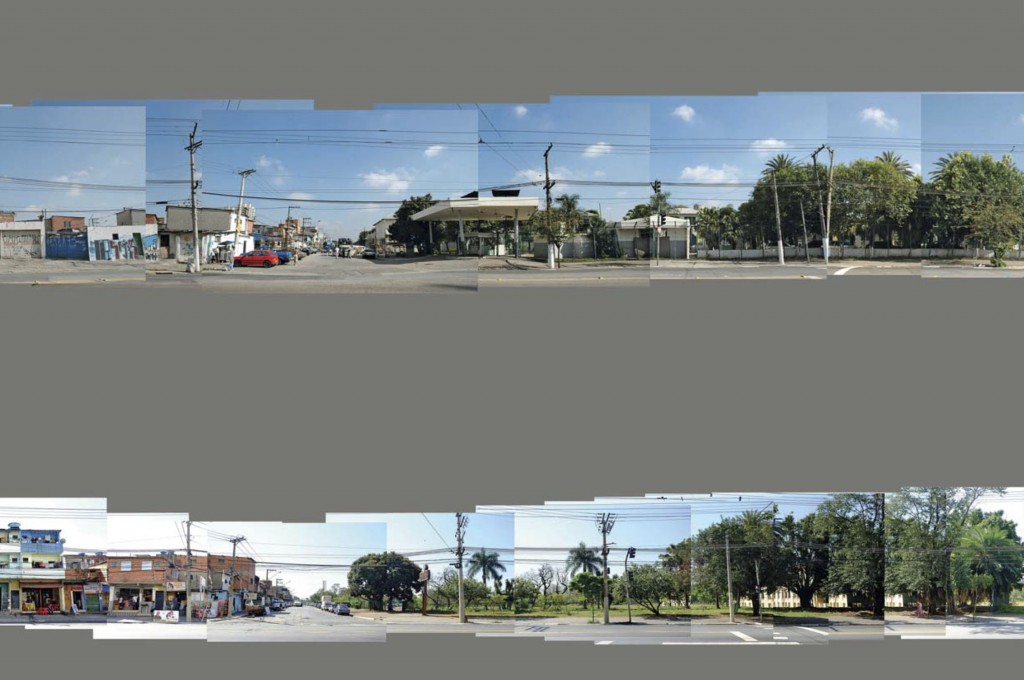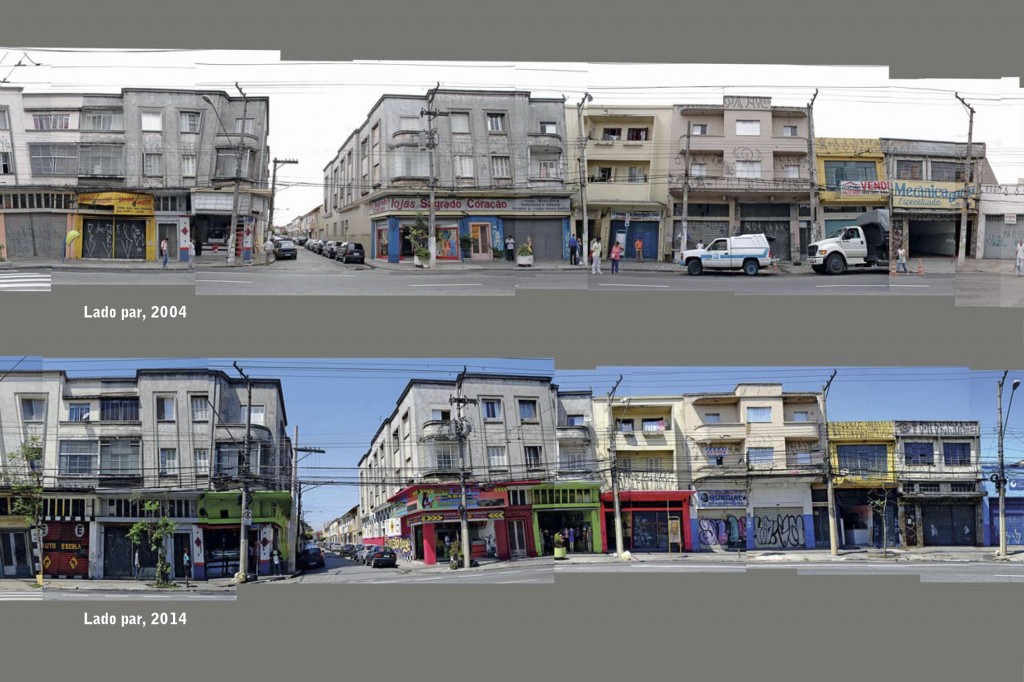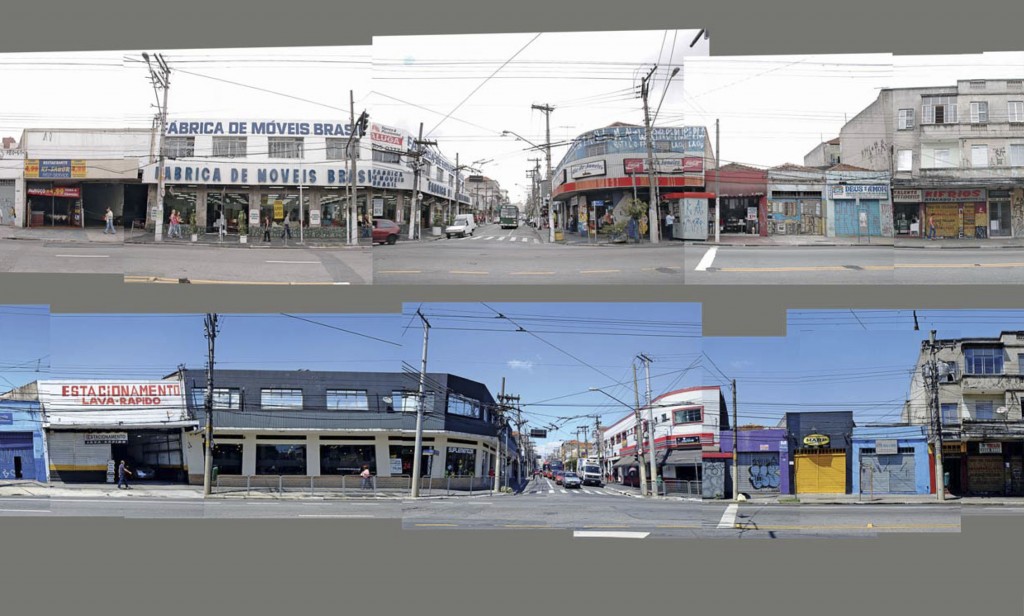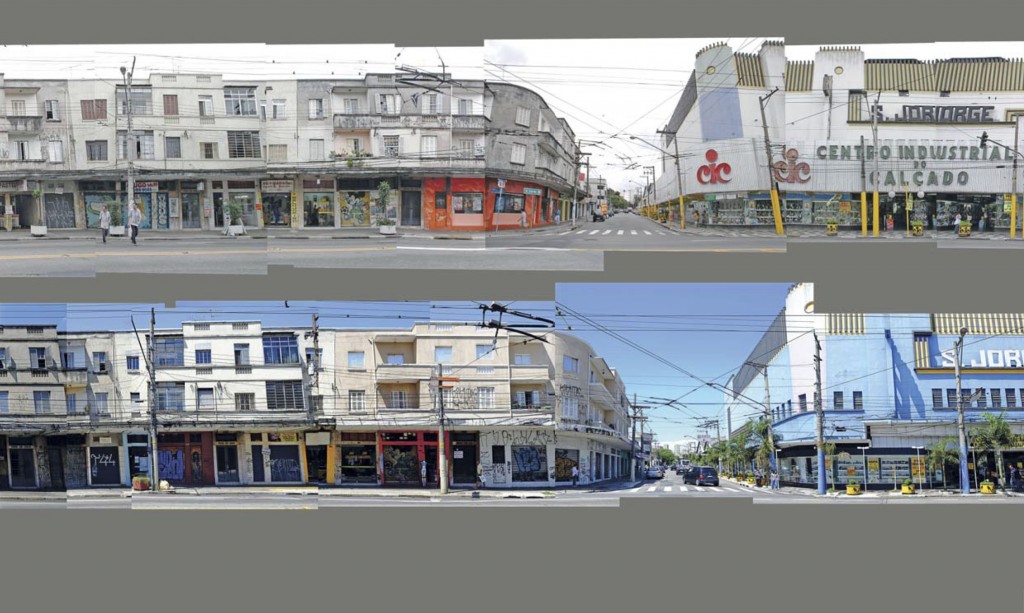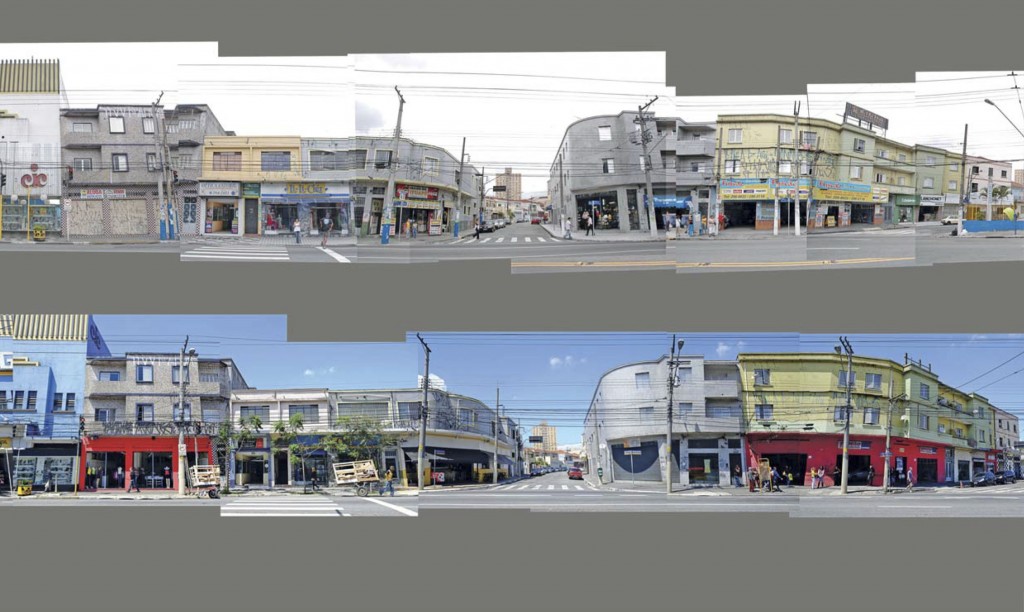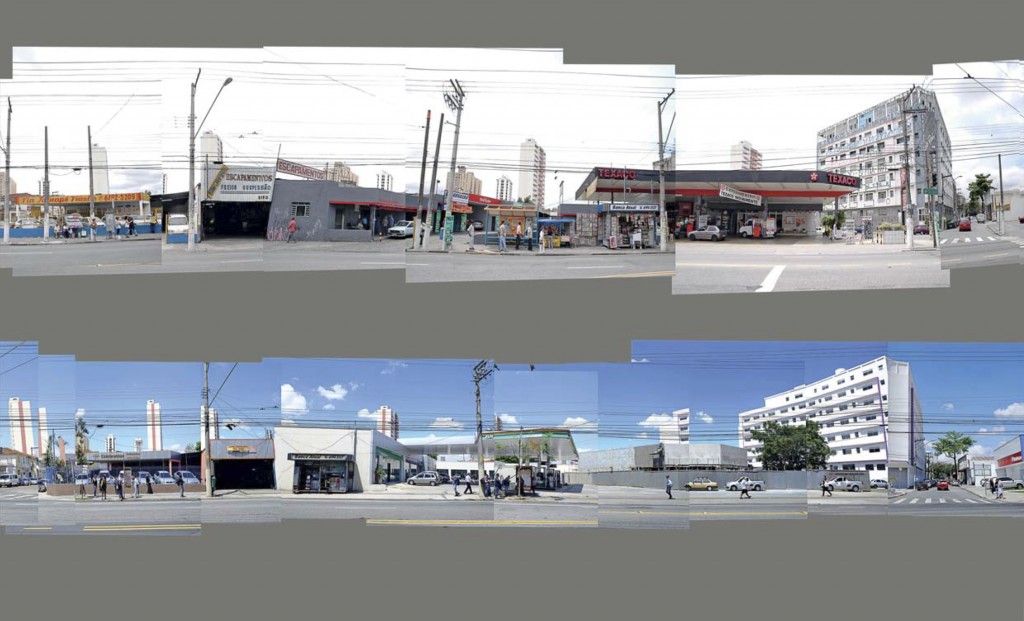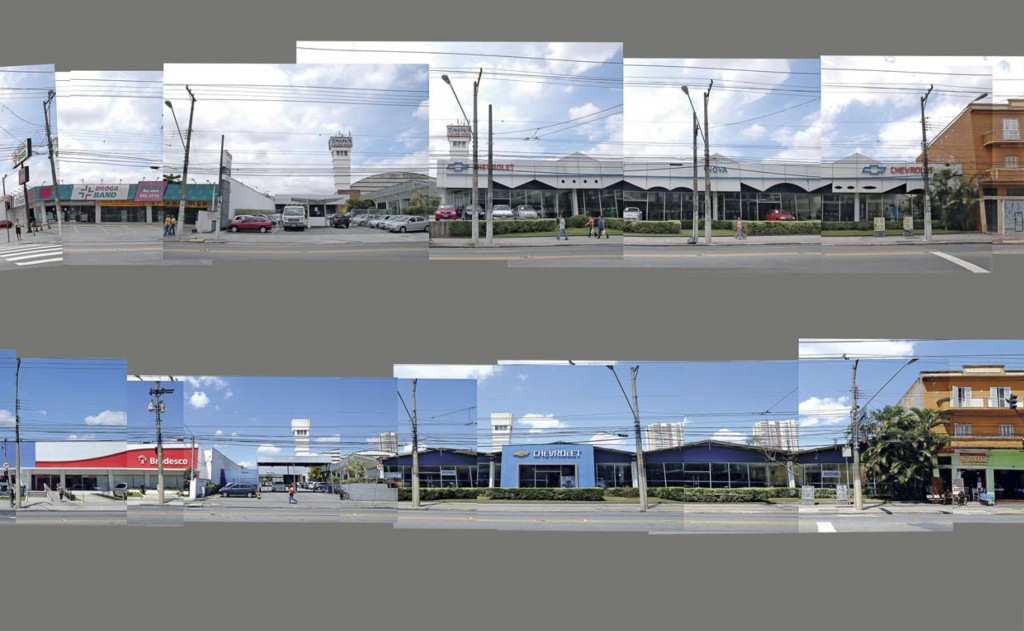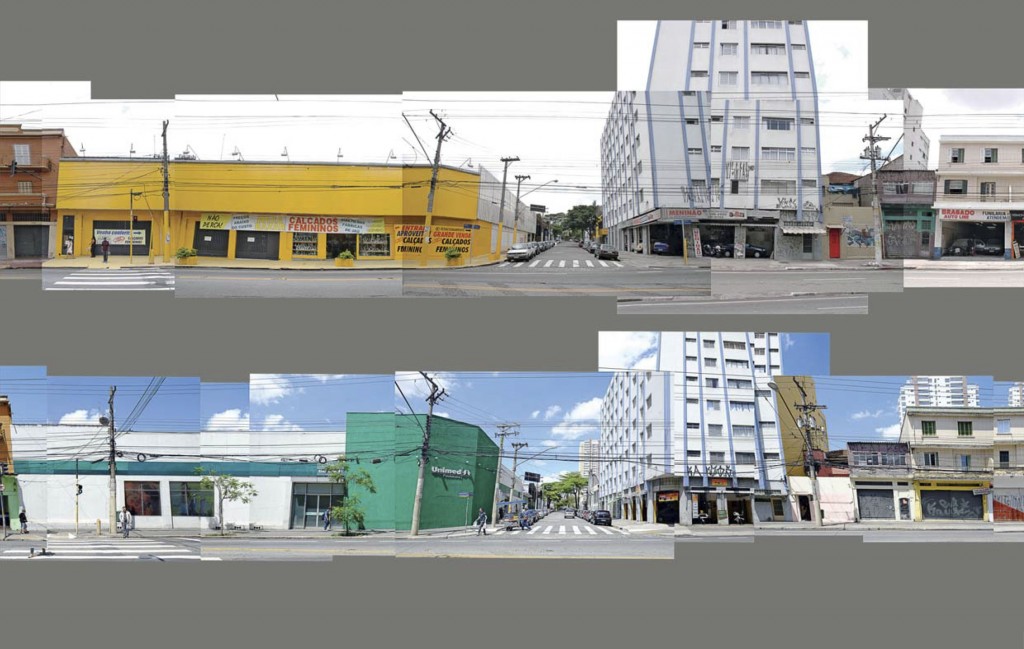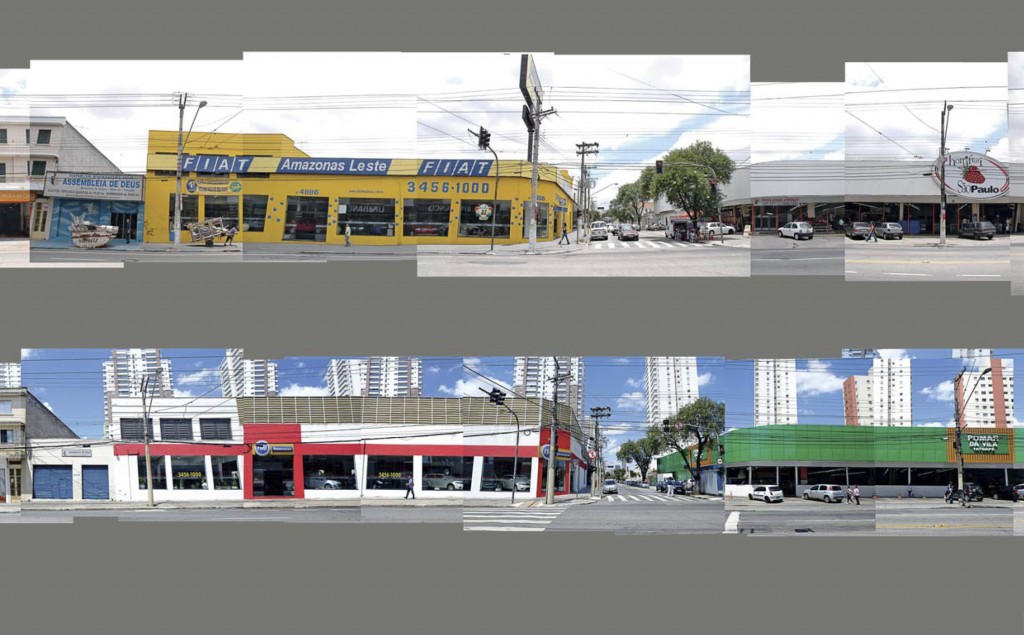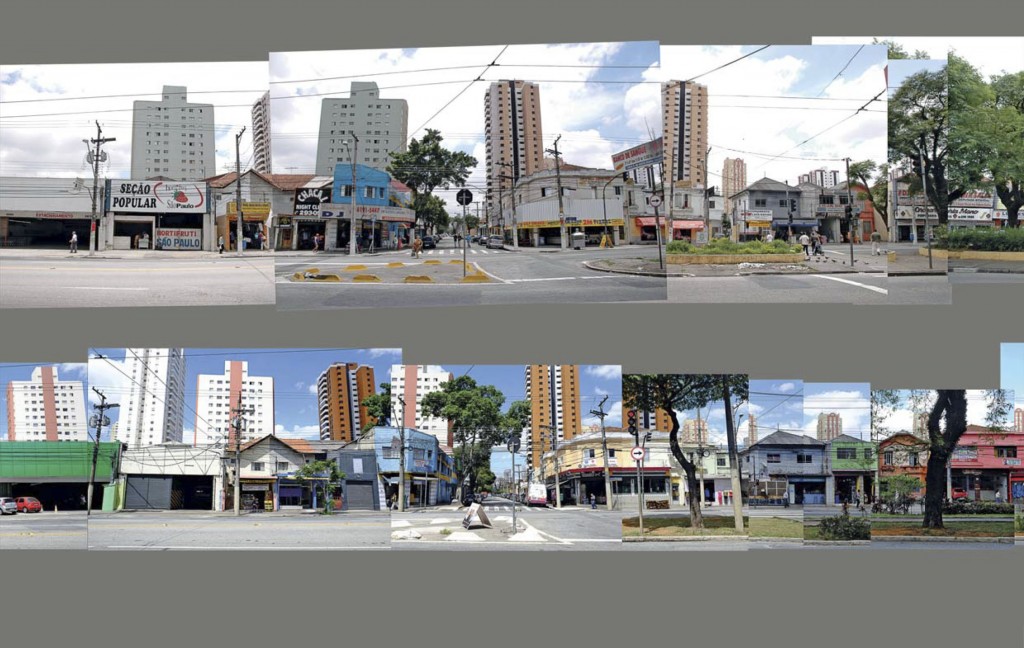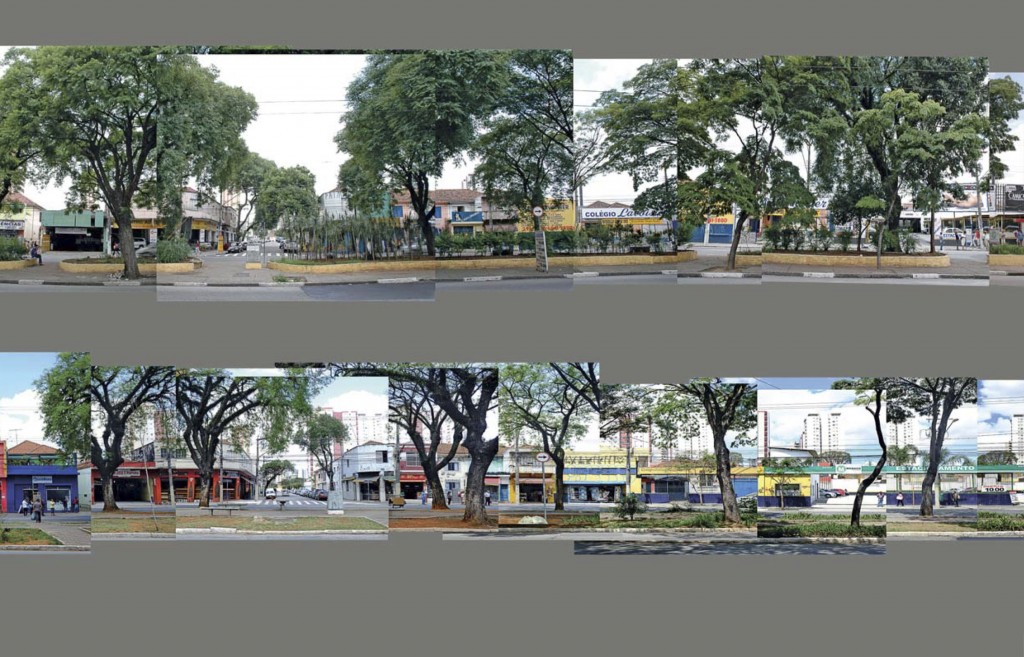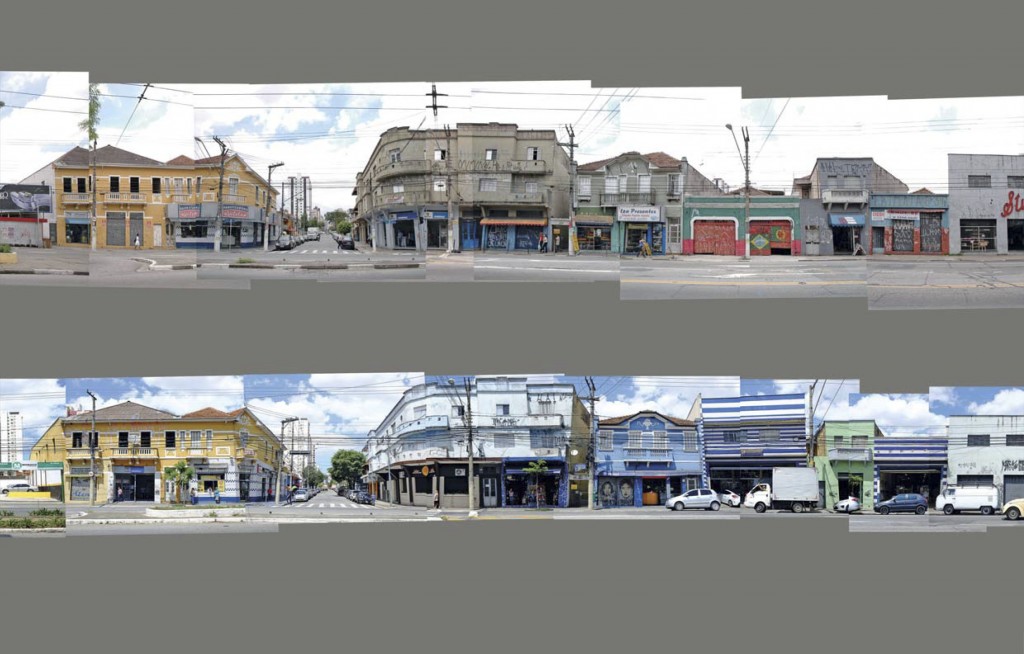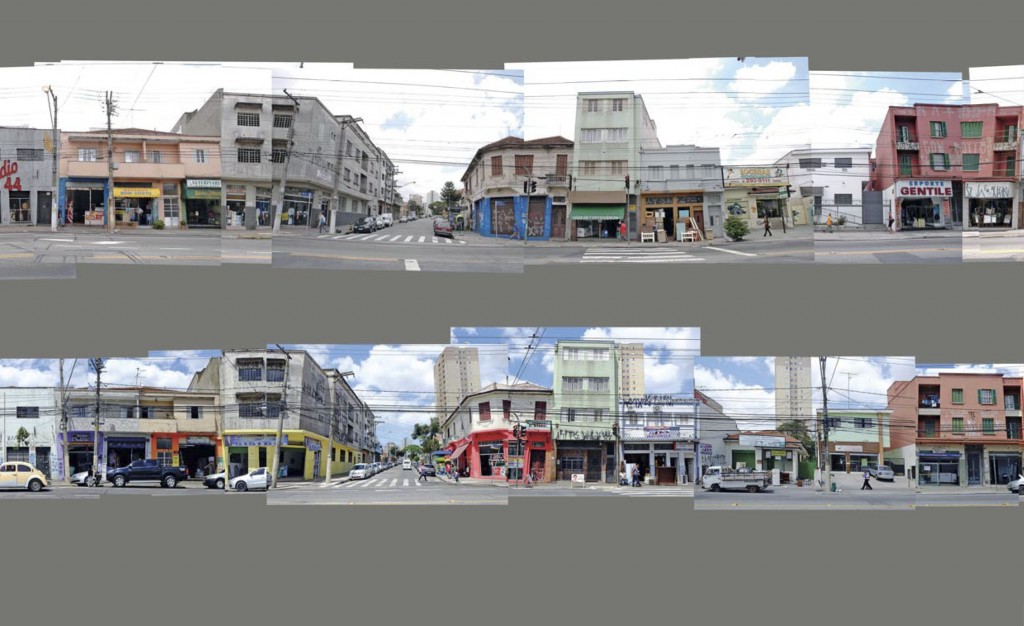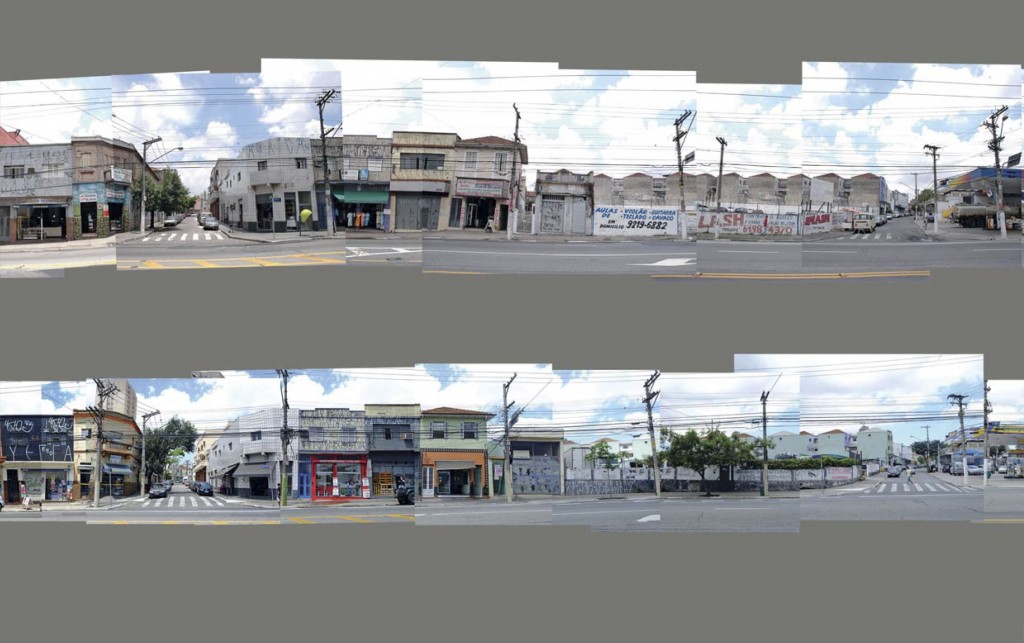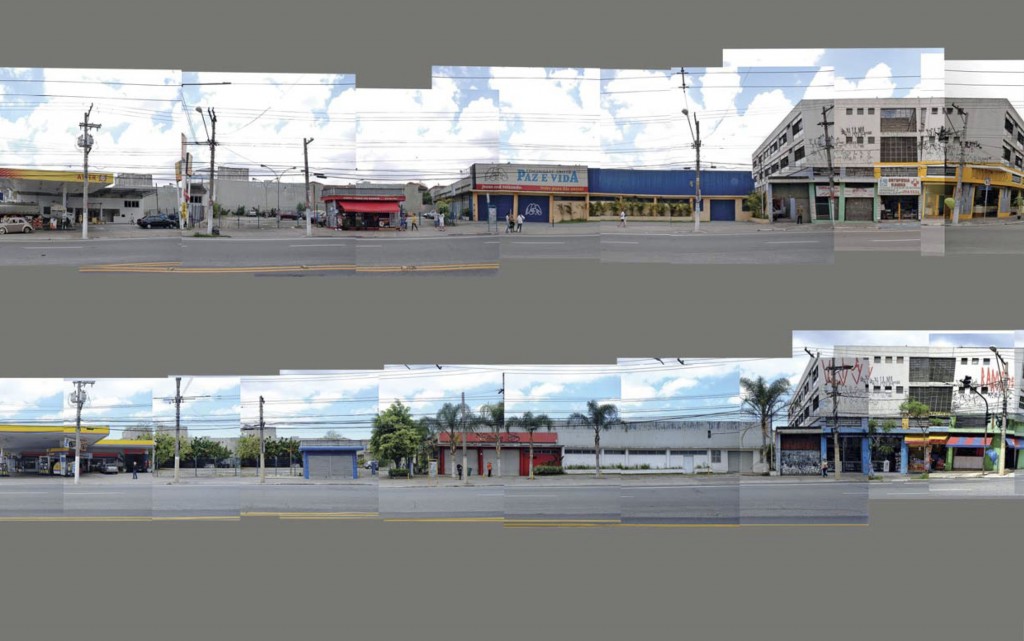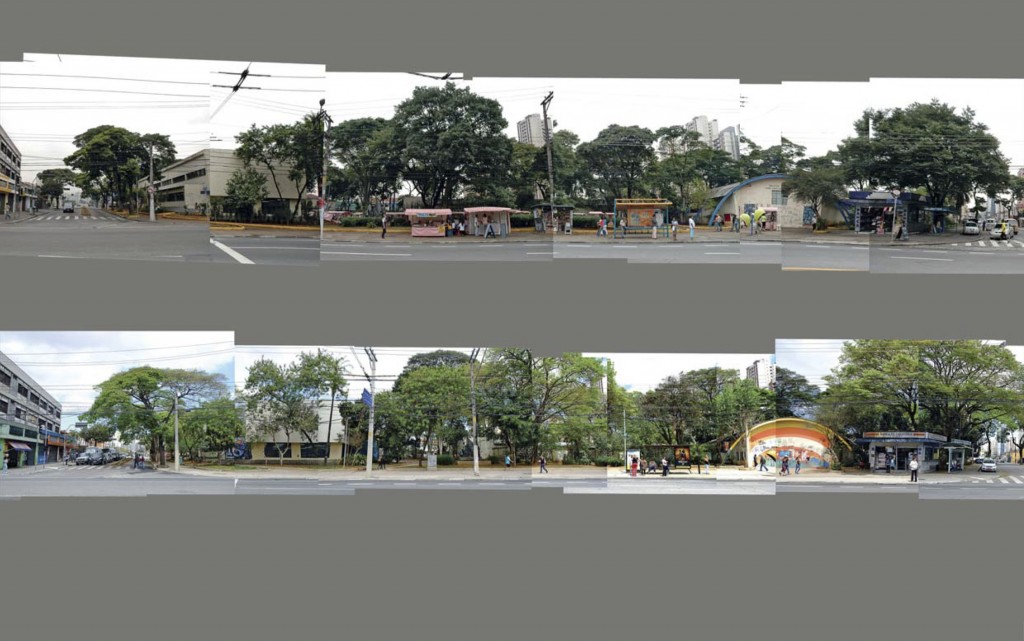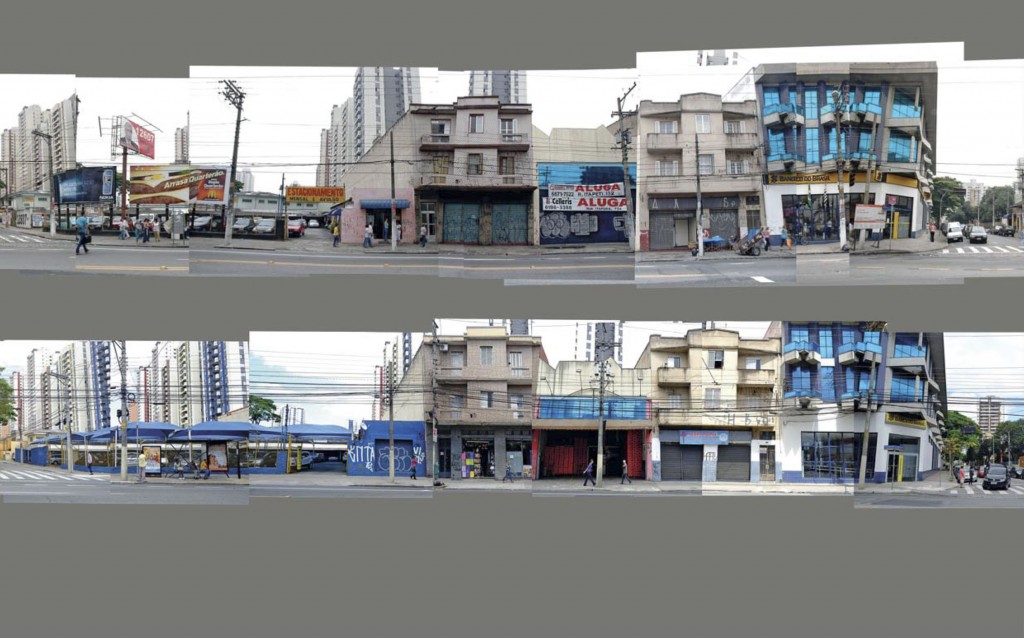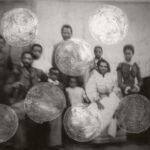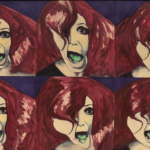Celso Garcia Avenue
Publicado em: 25 de January de 2016Scenes of this São Paulo avenue taken by LUCIA MINDLIN LOEB in 2004 and 2014 show the silent crumbling of the city.
Closed shops, abandoned buildings, empty pavements. It is a melancholic journey to examine the photographs of Celso Garcia Avenue, which have been patiently collected by Lucia Mindlin Loeb. It is hard to believe that one of the major commercial streets in the city of São Paulo has declined to such an extent.
“It is depressing to know that such splendor, this so beautiful vitality had to die, and that we walk among ruins,” wrote Hegel in his lectures on The Philosophy of History: “Everything seems doomed to disappear […]. Who has not seen the ruins of Carthage, Palmyra, Persepolis, and Rome, without reflecting on the transiency of empires and of men, without mourning this past, powerful and rich life?”
It is not, however, the same sadness: the grief we feel when contemplating the ruins of Antiquity does not compare to the painful distress which the images of São Paulo cause in us. The marks of time often enhance the charm of buildings which are entirely dead, but they are unsightly on buildings that should still harbor life. We are not simply mourning a distant civilization: we are witnessing the agony of ours.
More than just a witness, we have contributed to their death. In his essay “The Ruin”, Georg Simmel observes that the distress we feel when seeing abandoned buildings comes from our passivity: men do not destroy the building, but allow it to collapse. This complicity brings on “the often unbearable restlessness evoked by the sight of places from which life has fled and which, nevertheless, still serve as a setting to life.”
Why do we consent to their destruction? Maybe because our urban tragedy is not the result of a major catastrophe, but the accumulation of small disappointments. As in the novels of Gustave Flaubert, we are not defeated in grand battles: “We perish slowly, with our hopes weakened and our ambitions
frustrated,” explains historian Arnold Hauser in his The Social History of Art and Literature.
Lucia’s images mirror this silent corrosion of the city. Her photos recall the empty street seen in Early Sunday Morning, 1930, painted by Edward Hopper during the Great Depression. But they succeed in something that is not reflected in the Hopper painting: they unveil the origin of this drama – a source often overlooked even by those who personally experience the decay of the avenue. This is only possible because the street that “speaks to the camera is not the same as that which speaks to the eye; it is another,” Walter Benjamin explains. It is an entirely different object. The photo replaces “a space consciously worked by man” – the street which we think we know because we cross it every day – by a
space that we scan with our unconscious.
“We perceive, in general, the movement of a walking man, even in broad strokes, but notice nothing of his attitude during the exact split second in which he takes a step. The photograph succeeds in showing this attitude […]. Only the photograph reveals this optical unconscious, just as only psychoanalysis reveals the irrational one,” says Benjamin in his “A Short History of Photography.” Anyone can perceive the depopulation of the avenue. But only the images can narrate the process of its decline.
How can photographs represent the passage of time if they do not move? There are two ways. According to the German critic G.E. Lessing in his essay “Laocoon” (1766), the first consists of showing the decisive moment of the action, which is a synthesis of the earlier and later stages of the process. This approach became famous in the works of the photographer Henri Cartier-Bresson. In the second approach, an image presents the different phases of a temporal sequence. It is an archaic technique, used in Antiquity (as in Trajan’s Column) and in the Middle Ages (as in the Bayeux Tapestry), which continued to be used until the modern age, as in the Martyrdom of St. Maurice (1580), by El Greco.
We find the second approach in Lucia’s landscapes – not because the images have been manipulated to form a comic strip, but because the very layout of the street tells its story. The first images of the odd-numbered side of Celso Garcia Avenue still show a very busy commercial street. Little by little, the human figures thin out. The number of closed doors increases alarmingly, until we come across a desert.
The space has consolidated time. In the early 20th century, Celso Garcia Avenue was the main street linking the city center with the east of São Paulo. It was occupied by large houses, big factories (Matarazzo, Cotonifício Paulista), busy shops and several cinemas – the façade of Cine São Jorge [a cinema] survives to this day in a shoe store. Everything has changed from the second half of the century onwards. The avenues driven through the city by mayors Prestes Maia (1961-65) and Faria Lima (1965-69) emptied the center and the surrounding neighborhoods. With the opening of the Radial Leste corridor in 1972, Celso Garcia no longer concentrated the traffic heading east.
The local middle class migrated to the southwest of the city and, in the 1980s, the industries also began to leave, in search of more extensive grounds. The east-west metro line accentuated the decline, as it directed the flow of people towards the areas closer to the stations. The neighborhood became poorer, trade faltered. The clothing stores were replaced by auto repair shops, new furniture gave way to second-hand in the furniture stores. Cinemas closed down – some were transformed into evangelical churches. A survey in 2000 showed that 46% of the stores on Celso Garcia had closed their doors.
In 2004, the architect Roberto Loeb asked his daughter Lucia to make a photographic survey, to help with a plan to revitalize the avenue. Then 31 years old, Lucia knew the city neighborhoods well, thanks to her work for the supplement “Your Neighborhood”, published by the newspaper O Estado de S.Paulo. It took her five days to register the nine kilometres of the avenue, from end to end in a continuous image – an effort that recalls Panoramas, painted by Victor Meirelles in the late 19th century, and, more recently, the book by Ed Ruscha Every Building on the Sunset Strip (1966).
“The revitalization project did not go forward,” says Lucia. She decided to publish some of the photos in the artist book Entre 2 Esquinas [between 2 corners] (2007). Last year, she retraced the route. “I wanted to record the passage of time.” She remounted the first pictures to form two comparable sequences. Unlike Ruscha, Lucia did not edit out any disjunctions between the photos: “I left many things with a skewed perspective, distorted. It was a more kaleidoscopic sequence.” Instead of a homogeneous succession of images, with imperceptible cuts between them, we see an assembly filled with fractures and imperfections. Whole and misfit. By manipulating images on a computer, it would be possible to create a perfect and aseptic panorama. But would it be the most appropriate approach to the subject? Is it not better to highlight the contradictions of the metropolis, rather than soften them?
Yes, time has passed. The huge Febem complex [a youth correction facility] has been disactivated. Tenement houses have undergone changes, the Hans Christian Andersen Library has been renovated and city housing projects have been built. More churches have emerged – including the Temple of Solomon from the Universal Church. “In some places, they have restored the old buildings so that now they seem new. Others have become parking lots. The Clean City Law have cleared out the billboards. But there is graffiti still in the same place,” observes the artist.
In fact, nothing has changed. Hence the importance of these photos. The philosopher Georg Lukács used to say that every work of art challenges man to do what is right. It’s true that the 2004 photos were not able to persuade the government to do something. Maybe the new ones will have more luck.///
Lucia Mindlin Loeb (1973) is a photographer and visual artist. She studied graphic design at the Fine Arts Center University, in São Paulo, and has a master’s degree in arts from the School of Communications and Arts (ECA) of University of São Paulo (USP). She lives and works in São Paulo.
Mauricio Puls (1960) has a degree in social sciences from the University of São Paulo. He is the author of Arquitetura e Filosofia [architecture and philosophy] (Annablume, 2006) and O Significado da Pintura Abstrata [the meaning of abstract painting] (Perspectiva, 1998). He writes for the newspaper Folha de S.Paulo.
///
Get to know ZUM’s issues | See other highlights from ZUM #9 | Buy this issue


